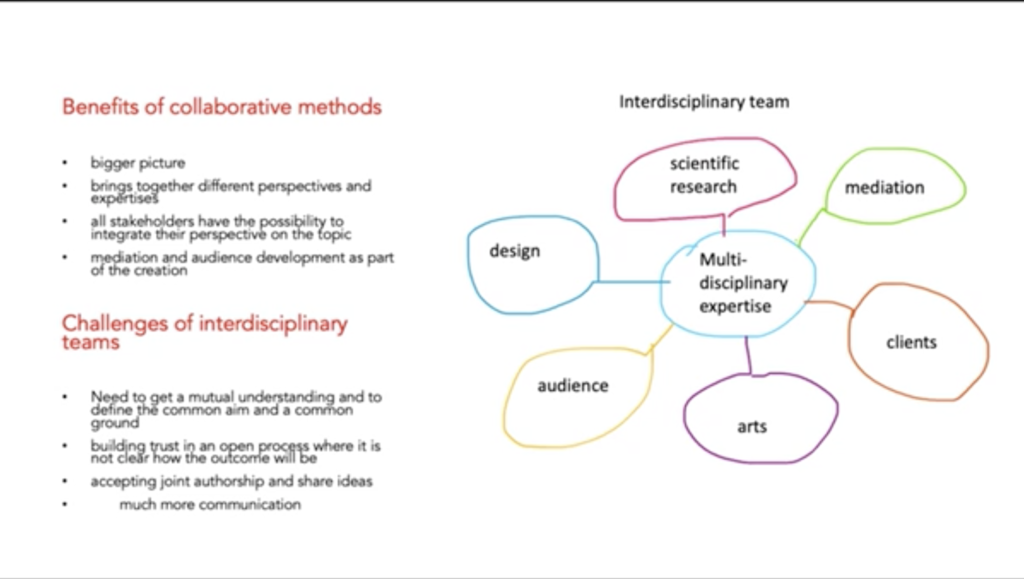After a short introduction about himself, Wolfgang Schlag started his lecture by talking about the first radio show that aired in the 1920s. After that, organizations, governments etc. all over the world started using radio as a new form of communication, which turned out to be a very successful medium.
Austrian radio started in 1967 with Österreich 1 and Ö3. Ö1 was meant to play classical music, educational topics and political information. Ö3 set its focus on modern music and offered different music genres. It was the time of the Beatles, Woodstock and in Austria of the Music Box, which became very popular in the German speaking area. Wolfgang described the character of the Music Box as provocative and radical. However, one concept of the Music Box was to play a whole record for one hour, which was very important for people on the country site for example, because a lot of small towns didn’t have a record store or anything similar. Therefore radio was the only source for music education at that time.
Wolfgang himself joined the Music Box in the 80s. He talked about his passion for radio at that time and his role at the Music Box. He worked there as a radio journalist and did some features like social reportages where he gave people the chance to use their own voice to speak up. During the 90s Wolfgang wanted to do more than radio and started to work for TV stations like ARTE, where he made some reportages.
Then he talked about his fascination about his job at the radio station. He describes it is as something technically very simple however also very impactful. With radio you can sit at home with your laptop and try out some concepts for radio. Shooting a film or a reportage or something similar is much more difficult, technically.
He also shared his experiences he made during home office because of corona. Wolfgang and the whole team recorded their broadcasts at home and put them together afterwards. This reminded me a lot of podcasts and how a lot of popular podcasts are produced in the homes of the speakers.
I also really liked how he drew a connection between design and radio concerning social responsibility and sustainability.
All in all I really liked his talk and the topics he addressed.
